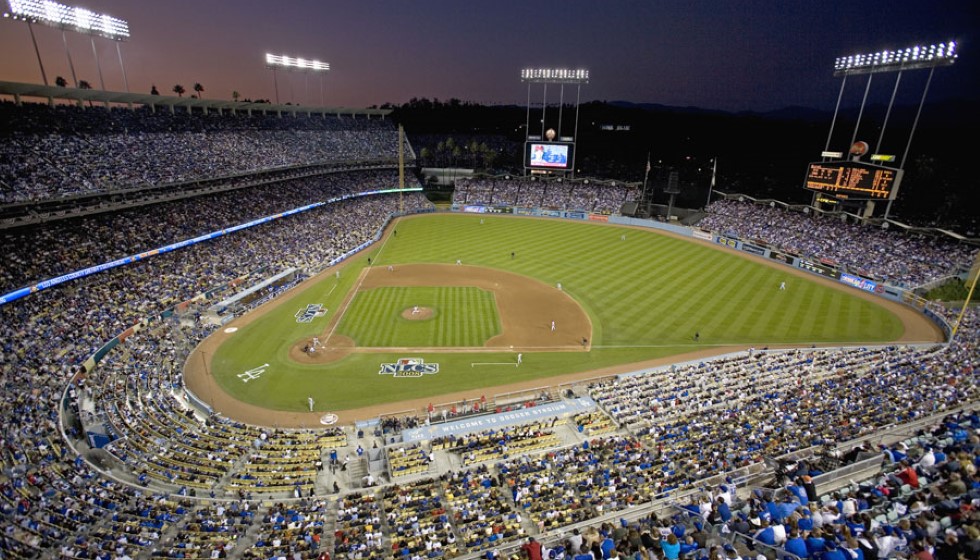
In the aftermath of Hurricane Milton, a storm of considerable ferocity, Tropicana Field—home to Major League Baseball's Tampa Bay Rays—bears the brunt of nature’s force. The iconic ballpark, distinguished by its unique domed roof, suffered significant structural damage, raising questions about its future viability and the safety of hosting games in the interim.
A Roof Tested by Nature
Tropicana Field’s domed roof, a marvel of engineering, has long been a hallmark of the St. Petersburg skyline. The cable-supported structure, which covers an expansive six acres, is constructed from resilient, translucent Teflon-coated fiberglass. It is supported by an intricate network of 180 miles of cables and struts, designed to withstand powerful winds of up to 115 miles per hour.
However, Hurricane Milton proved to be a formidable adversary. As the storm descended on Siesta Key as a Category 3 hurricane, it unleashed wind gusts up to 101 mph near the stadium, exploiting weaknesses in a roof angled at a slant of 6.5 degrees. This combination of environmental challenges led to substantial damage, despite the roof's robust design and history of enduring Florida’s frequently tumultuous weather.
Emergency Response and Public Safety
Foreseeing the potential threat posed by Hurricane Milton, authorities wisely prepared for the worst. Prior to the storm's landfall, Tropicana Field had been designated as a base camp for emergency responders. However, in light of the impending danger, these first responders were prudently relocated to safer quarters.
Florida Governor Rick DeSantis affirmed the strategic transfer, stating, "First responders had moved to a safe location prior to the storm's landfall and were not inside Tropicana Field when it sustained damage." This preemptive decision likely prevented further complications amidst the chaos of the hurricane, ensuring the safety and readiness of emergency personnel during this critical period.
Widespread Impact Across the Region
The havoc wrought by Hurricane Milton extended far beyond the bounds of Tropicana Field. Nearly two million residents were plunged into darkness as power outages swept across the region. St. Petersburg itself recorded an astonishing 16 inches of rainfall in a mere 24 hours, a testament to the storm's intensity and duration.
Looking to the Future
The timing of the damage to Tropicana Field comes at a pivotal moment for the Tampa Bay Rays and the Pinellas County community. Earlier this year, county commissioners had already approved public funding for a new ballpark for the Rays. This latest incident underscores the necessity and timeliness of the proposed development.
Since opening its doors in 1998, Tropicana Field has not only hosted baseball games but a wide variety of events, establishing itself as a versatile venue for the community. Yet, with the recent destruction, questions linger about its continued ability to serve in this capacity.
As the Tampa Bay Rays, county officials, and local stakeholders turn towards rebuilding and future-proofing their sports infrastructure, the incident serves as a stark reminder of the unpredictable forces of nature. The resilience of both the team and the community will be put to the test as they assess the damage, address immediate safety concerns, and ultimately realize the vision of a new home that can withstand the ever-changing Florida weather.